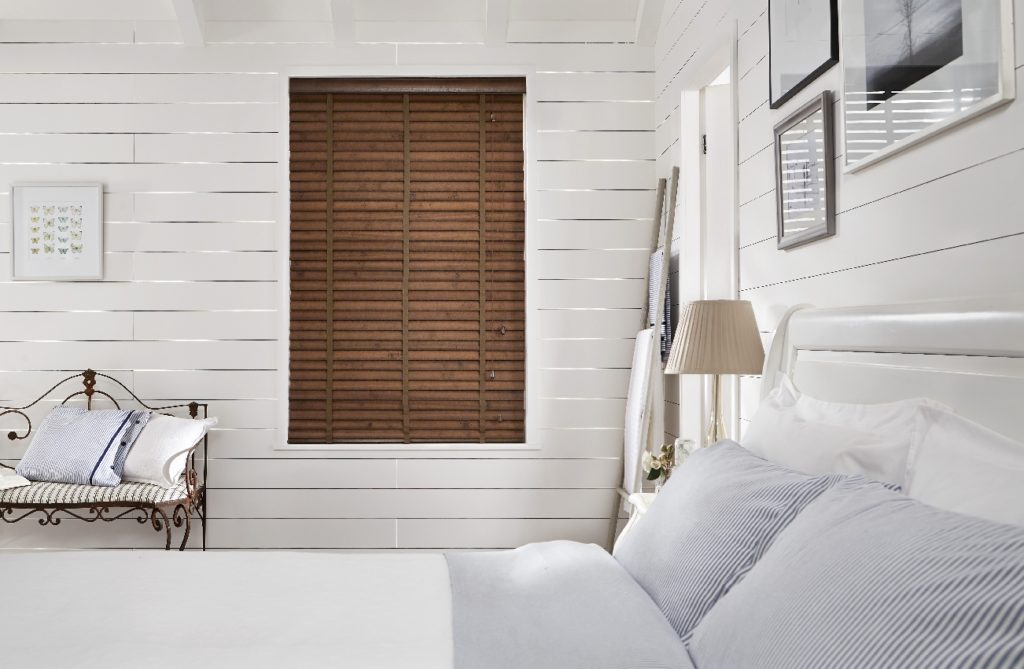As far as screening is concerned, the traditional curtain has served us well, yet the trend has shifted towards blinds in the past decade, mainly because of the many advantages this type of screening offers. Bespoke solutions are no longer the exclusive right of the wealthy, and today’s blinds are easy to fit, providing they are fabricated to the right dimensions, and with that in mind, here is a guide to measuring interior blinds.
- Mount Type – A blind can be mounted on the inside or the outside of the window aperture, and while both are attractive, it is down to personal choice. The inside mount is attached to the top of the window reveal with brackets and screws, and therefore the blind is very close to the glass. If, for example, you wanted to get made to measure vertical blinds, prior to looking at designs, you would first need to decide on the mounting type. Inner mounts are more popular, as they block out all the light, and unless the window reveal is too narrow or there are obstacles, mounting the blinds in the reveal is a preferred option.
- Multi-Point Width Measurement – Assuming you are going with an inside mounted blind, you must measure the width of the window reveal in 3 places, namely the bottom, middle and top. Write these 3 measurements on a piece of paper and circle the lowest, which is going to be the size you give the online supplier. Don’t worry that the blinds will scrape the sides of the window reveal, as the manufacturer will make some minor deductions to allow for this. There is a step by step guide online to measuring for an inside mount, which goes into great detail and lists the necessary tools.
- Multi-Point Height Measurement – As with the width, measure the height in 3 places and take the smallest measurement. From the top of the window reveal to the top of the window sill will give you a precise measurement for the manufacturer, and they will make the necessary adjustments.
- Outside Mounted Measurement – When measuring the width, it is generally the rule to allow two or three inches on either side, which gives a balanced look, and allow 3 or 4 inches at the top for the attachment. The brackets can either be fixed directly to the wall or on a trim that is mounted to keep the blind away from the wall, and for the height, you should measure from the very top of the overhead trim to 3 or 4 inches below the sill.
Made to measure units allow for a perfect fit, and with online suppliers, all you need to do is follow the above instructions and your new blinds will fit like a glove. The range of designs is virtually unlimited, so you can add some colour and depth by choosing something suitable, and with precise manufacturing, you won’t have to make any adjustments. The above measurement system is used by all blind manufacturers, and they will make the necessary adjustments to allow for a small clearance between blind and window reveal.








